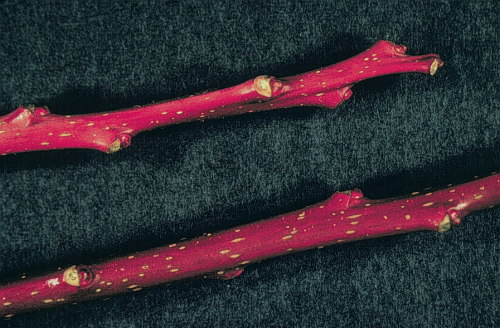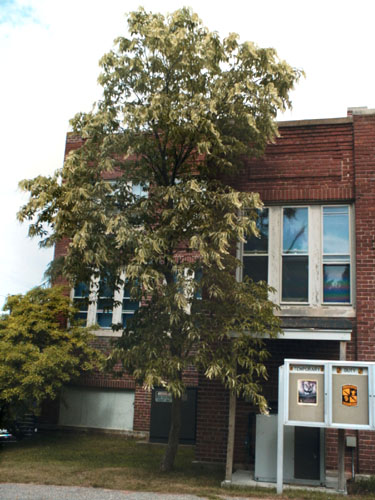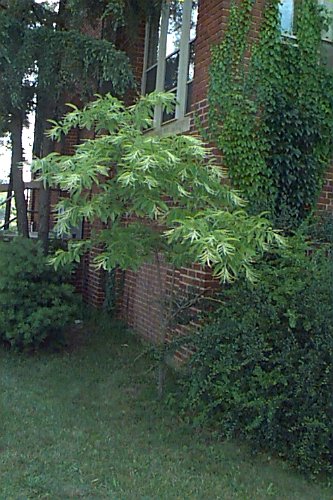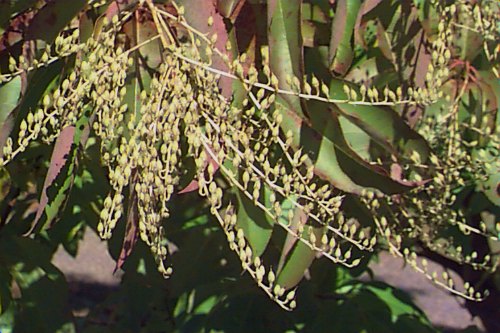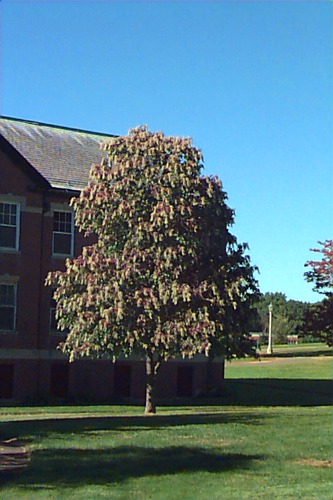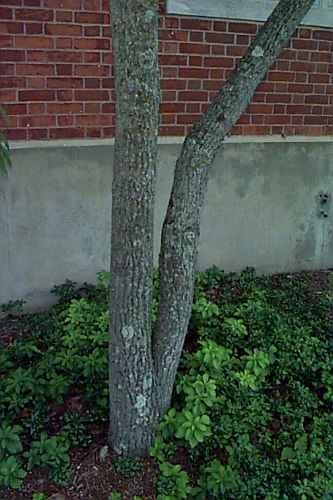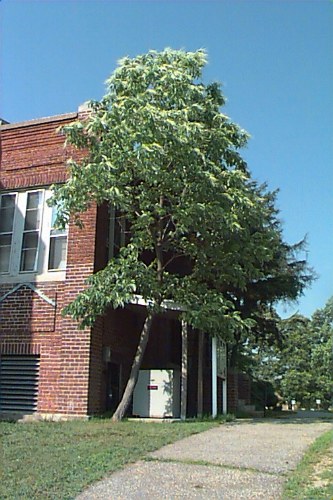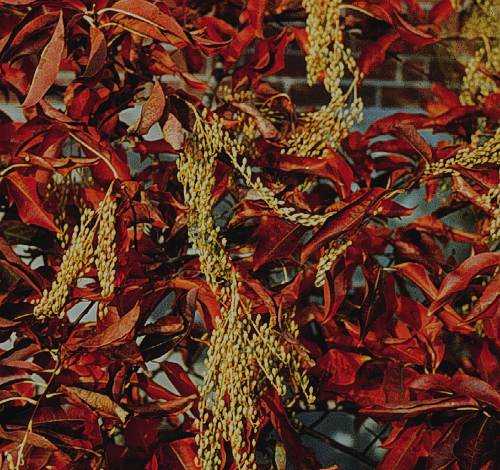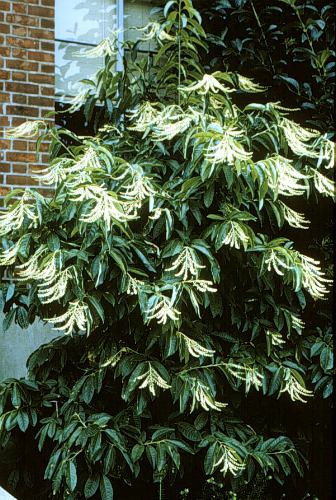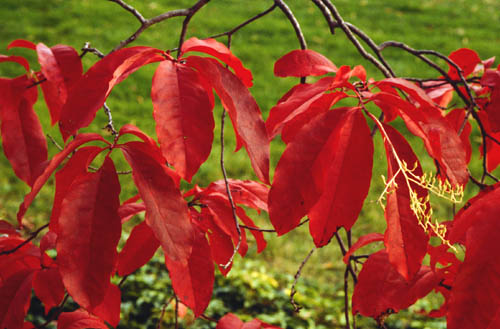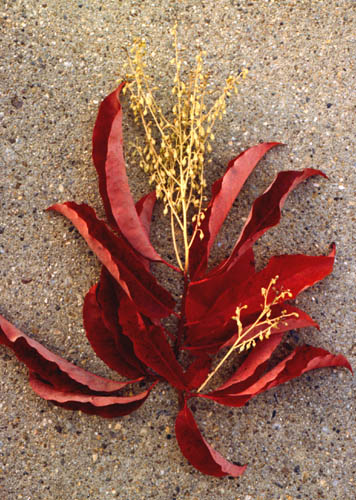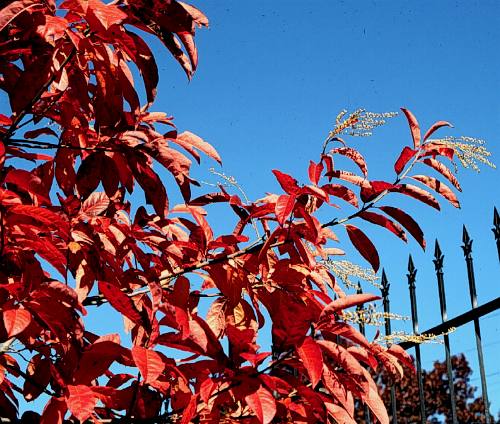Oxydendrum arboreum
Sourwood, Sorrel Tree
Ericaceae
ExpandHabitat
- native to southeastern United States, as far north as Pennsylvania
- zone 5
- most often found on well-drained soils above rivers or streams
Habit and Form
- deciduous, small to medium-sized tree
- pyramidal shape
- drooping and swooping branches
- in the wild trees can reach 50' to 75' tall
- cultivated specimens typically reach only 25' to 30' tall
- growth rate is slow
Summer Foliage
- leaves are alternate
- elliptical shape with an acuminate tip
- leaf margins may have slight serrations
- shiny, bright green to dark green
- leaves 3" to 8" long and 1.5" to 3.5" wide
- foliage is of high ornamental quality
Autumn Foliage
- very good for fall color
- a rich maroon, scarlet or plum color
- colored foliage persists late into autumn
Flowers
- small, white urn-shaped flowers
- 0.25"
- fragrant
- held in terminal nodding, elongated clusters
- blooms in mid-July
- typically blooms heavily
Fruit
- 0.3" long dehiscent capsules
- eventually turning brown in fall
- persistent
- not showy
Bark
- twigs are bright red and green and glabrous
- older bark is grayish-brown
- bark on trunks develops a blocky, alligator appearance similar to persimmon or flowering dogwood
Culture
- full sun to partial shade
- more sun translates into better fall color and more bloom
- prefers a moist, acidic, peaty, well-drained soil
- best transplanted at small sizes, since older trees can be difficult to move
- avoid polluted, urban locations
Landscape Use
- excellent as a specimen tree
- very useful for small residences
- has multi-season ornamental appeal
- as a patio tree
- for naturalistic plantings
- along the edge of woods
- in small groves or clusters
Liabilities
- not pollution tolerant
- young or recently moved trees lack full cold hardiness in zone 5
- twig kill in severe winters
- fairly specific soil requirements for good growth
- slow growing
- few disease or insect problems
ID Features
- pyramidal habit
- persistent terminal clusters of capsules
- red and green, glabrous twigs
- vivid red fall color
- buds are small and reddish
Propagation
- by seed, which is very fine
Cultivars/Varieties
'Chaemeleon' (also listed as 'Chameleon') - Selected at the Polly Hill Arboretum on Martha's Vineyard off the coast of Massachusetts, this selection is notable for its colorful fall foliage display. The tree can display shades of red, purple and yellow at one time or in sequence. The habit is reportedly more upright than the species.
'Mt. Charm' - Beginning to appear more often in the pages of specialty catalogs, this West Virginia selection is most notable for its fine show of fall foliage. The leaves begin to color earlier than the species and present bright shades. The growth habit is symmetrical.
